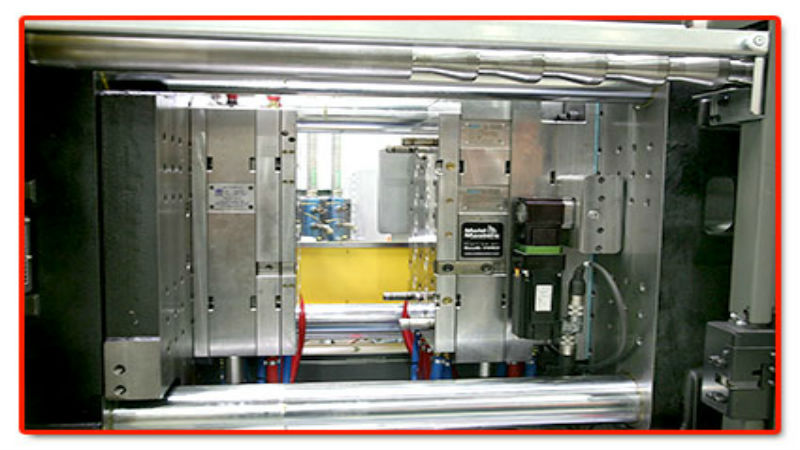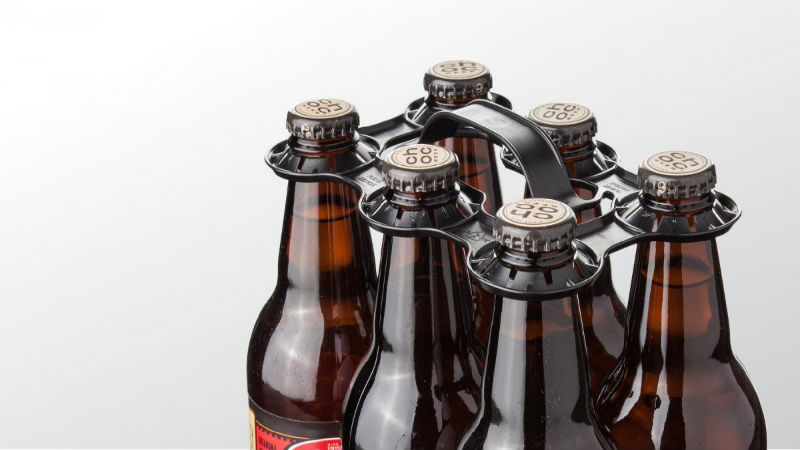As with most components, all hydraulic systems offer a range of different options from a choice of pumps to the choice of the cylinders. Features on different cylinders and their ability to stand up to the job better than other cylinder sizes and types should all be factors that come into play for replacement hydraulic cylinders or when designing new equipment.
It is important to get the right cylinder for a variety of reasons. This includes ensuring the cylinder has the capacity to handle the load or the job, ensuring safety with use of the system and also to maximize the life of the cylinder. Considering a few basics will help in narrowing down your selection to the correct cylinder.
Pressure Requirements
There are two different designs of cylinders for all types of applications. Tie-rod cylinders have extra steel rods on the outside of the cylinder. This allows for additional strength and durability, but these systems are actually used with lower pressures, typically under 3000 psi.
The welded types of hydraulic cylinders can operate at pressures up to and exceeding 3000 psi. They do not have the extra steel rods on the outside of the cylinder housing. The design of the cylinder is more streamlined, and they are most often used when the work is going to be demanding or when a rugged, strong and durable cylinder is required.
Sizing
Each component of the cylinder has to be considered when making a choice. This is particularly true with a custom designed cylinder that is outside of standard sizes. The diameter of the rod in all hydraulic cylinders is critical. The rod provides the pushing or pulling force, and choosing a rod too small or just within the force requirements will increase the risk of buckling, bending or cylinder failure.
The pressure in the system and the stroke length also has to be considered as part of sizing. In many different types of cylinders, to avoid impact at full extension or when retracting, a cylinder can be designed with extra cushions, specialized metered flow of fluid and external mechanical stops to eliminate the issue.
Finally, consider the environment the cylinder will be used in and also the type of hydraulic fluid that will be used in the cylinder. This will allow you to choose the design using the correct seals. This will ensure that seal leaks don’t become a problem and that the cylinders, provided they are sized correctly, will continue to operate through their expected life cycle.







